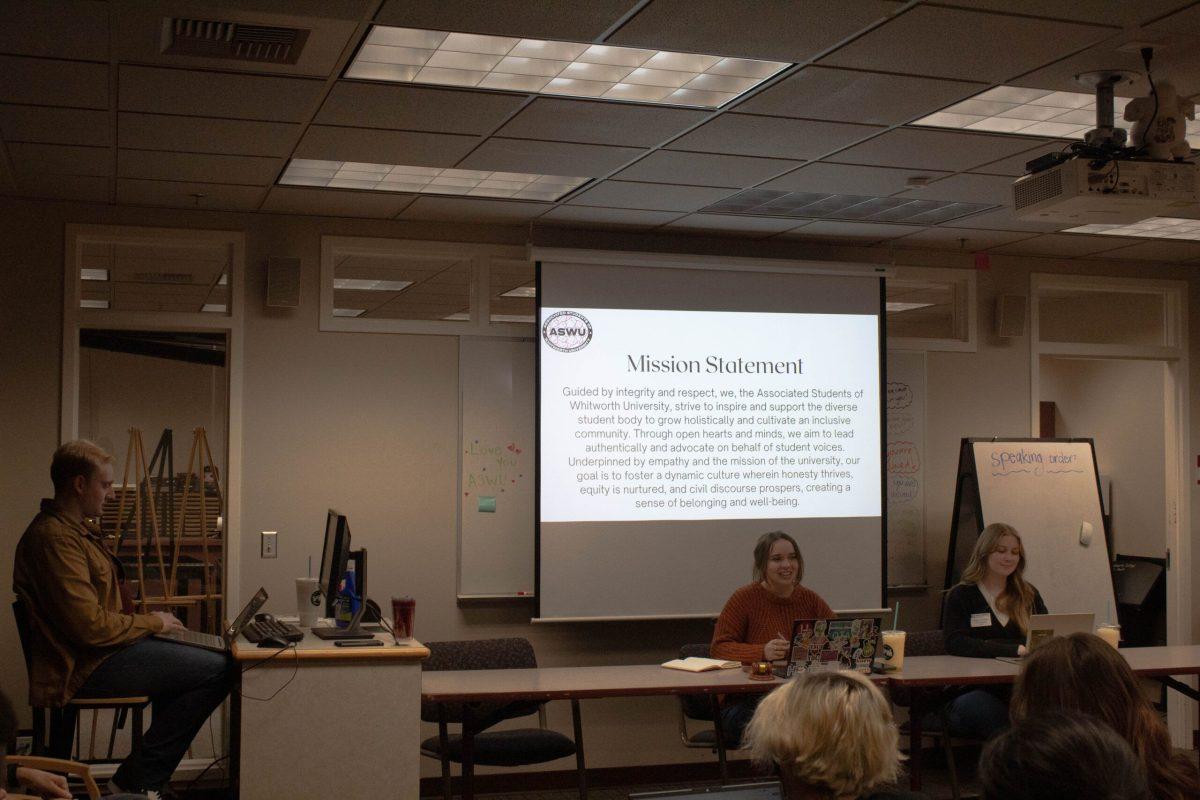I am sick and tired of ill-informed objections to the Occupy movement. It is tempting to pick up and repeat easy opinions on political issues. To understand what is happening in this world and country, and not just echo partisan rhetoric, you need to rise above easy explanations.
The occupiers’ dedication shows they have a reasonable hope that they will accomplish something. If your opinion doesn’t at least try to explain why the occupations unfolded as they did and why they are so popular, then your opinion is insufficient.
If all you know comes from newspapers and TV, you don’t know the whole story of Occupy Wall Street. When you want to understand a group of people, your best source of knowledge is always the words of the people themselves. Why should you trust the news and the small, biased sample of people they choose to interview when there are thousands of videos and articles created by occupiers online? If you haven’t spent time watching and reading the protesters’ perspectives, you won’t understand who they are or what they want.
If you watch YouTube videos, you will see that the protesters are quite diverse, including people of all ages, genders, skin colors, and incomes. How did the movement attract such a variety of people? Liberals care about a huge array of issues: global warming, income inequality, corruption, education, health care. And the list goes on and on.
Thus there are two major problems in mobilizing these people. The first is that each person has one or two pet issues they think are most important. If you make global warming the target issue of the movement, the people who care a little about global warming, but really care about education probably won’t show up. The second problem is that these issues are not isolated problems. Solving global warming might require economic changes that can’t be achieved without fighting corruption and inequality. This makes it easy for an opponent to effectively attack the movement by dismissing it as a lightning-rod issue.
Since lightning-rod issues are ineffective at attracting a massive amount of diverse people, the protesters use symbols to shape the identity of their movement. Building on the theme of Wall Street versus Main Street, the aggressive act of Occupying Wall Street proclaims that Main Street is fighting back.
“We are the 99%” is the only established slogan of Occupy Wall Street. It is more than an incitement of the richest 1 percent. It is a call for solidarity. It includes issues of income inequality, corruption, the 2008 bailouts, business ethics, greed, environmentalism and whatever else you want. It is a fully inclusive slogan for a fully inclusive organization. It does this at the risk of being ethereal, but it is not meaningless because the symbolism is clear.
The “human mic” takes inclusiveness to a higher level. Not only do the protesters welcome anyone to the occupation, they give everyone the chance to speak. Instead of leaders, Occupy Wall Street has a process. Anybody who has an idea, concern, or wants to give a speech can follow the process to get a chance to speak. Without a PA system, they use the human mic to amplify the speaker’s voice so everyone can hear. People who may not agree with what is being said will still participate in the human mic to allow everyone to have a voice.
The General Assembly is a hyper-democratic method of organization. This is not the so called “direct democracy” you hear about in school. Requiring consensus for a decision, there is no tyranny of the majority. Regardless of whether you think it is a good model for larger society, you should see that in comparison, the American system is hardly democratic. The parties pick two people to run in the general election and the electorate gets to pick the lesser evil.
If all of the General Assemblies around the country can achieve consensus, the lasting accomplishment of Occupy Wall Street may be a policy agenda. Even if this does happen, the most important contribution of the movement will be as a testbed for means of social organization. The protesters living at the occupations are learning to live in their own micro-society without formal hierarchy.
When New York City and Brookfield Properties, the owner of Zuccoti park, threatened to forcibly close the park to clean it, the protesters organized cleaning and sanitation working groups to eliminate the facade of health concerns as a reason to close the park. These efforts triumphed, and Brookfield canceled their plans. This event demonstrates that the hyper-democratic process can effectively deal with times of crisis and effectively solve problems.




